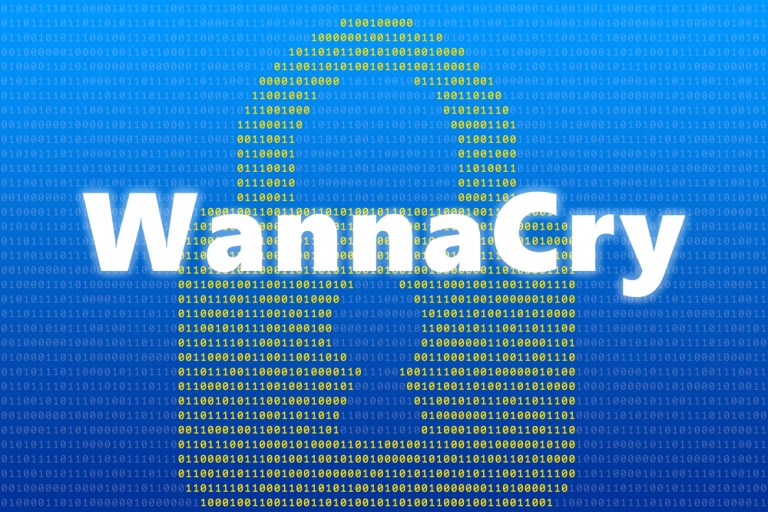
The hits keep coming to the National Security Agency, which was created to spy on people and governments, but since August has become a target.
According to a report in The New York Times, the NSA has been in “low-grade panic” mode since August, when the Shadow Brokers announced it was selling a NSA hacking tool that was highly classified. In April, the same group dumped the NSA’s software exploits on the internet for free, and late last week the NSA had to watch as the “WannaCry” ransomware attack swept the globe, propagated by hacking tools stolen from the NSA.
“For half a century, NSA pried into other people’s secrets,” said Amy B. Zegart, a Stanford University professor who studies intelligence agencies in an interview with the New York Times. “Now they’re suddenly sitting ducks who have their secrets stolen and used around the world.”
Michael V. Hayden, the director of the NSA from 1999 to 2005, told the paper that while he has defended the government agency in debates about violating civil liberties, it appears they can’t protect the tools and keep them out of the hands of hackers. The loss of the so-called malware, and the damage it has caused, “poses a very serious threat to the future of the agency,” said Hayden.
What’s more, the panic mode is likely to remain at the NSA, since on Tuesday the Shadow Brokers reportedly announced it would start a hack-of-the-month club. “TheShadowBrokers is launching new monthly subscription model,” said the post, in the faux broken English that the group has repeatedly used in public statements. “Is being like wine of month club. Each month peoples can be paying membership fee, then getting members only data dump each month. What members doing with data after is up to members.”
As has been widely reported, a massive attack hit everything from the United Kingdom’s National Health Service, European automakers and Chinese firms and any number of companies across other verticals, winnowing its way through disparate countries into Saturday. Interpol had estimated over the weekend that more than 100,000 organizations across 150 nations had been hit by the attack, as reported by The Associated Press.
Reuters and others reported that the ransomware infections that hit computers worldwide likely trace their genesis to the U.S. National Security Agency, and Friday’s tally comes to more than 126,000 cases of infection. The malware that was sent had been hidden in any number of attachments in emails that had seemed legitimate, from files that spoofed invoices to job offers and other communications. The demands came in from $300 to $600 to give users back access to their machines.